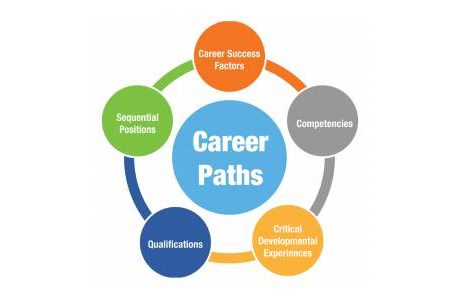The Caribbean consists of over 7,000 islands and the Caribbean Sea. Cays, islands, islets, and inhabited reefs surround the Caribbean region. The Caribbean is a well-known tourist destination with a considerable number of tourists visiting this island every year. According to the IELTS Practice Online website, the total number of visitors on the island in 2021 stands at 3.5 million.
Apart from being a popular tourist attraction, the Caribbean is also famous for medical schools- catering mainly to American and Canadian students whose applications got rejected. At present, there are over 80 medical schools on the Caribbean Island, accepting students from all corners of the world with average GPA or MCAT scores.
There’s no denying that a Caribbean medical school offers a second chance to those students who had not been accepted to the American or Canadian medical schools due to the competitive landscape. But, unfortunately, Caribbean medical colleges and universities vary widely in quality, accreditation, and attrition rates.
If you’re considering attending a Caribbean medical school, you definitely have navigated several websites with a bunch of conflicting information, untrue statements, and unbiased lists of recognition or ranking systems. This blog will walk you through different segments of Caribbean medical schools and help you make a well-informed decision for a rewarding future ahead.
Three tiers of Caribbean medical schools
Under the three tiers of the Caribbean medical schools ranking system, colleges and universities are classified into top-tier, mid-tier, and bottom-tier. The basis of categorization is a variety of approvals and accreditations. So, let’s gain a comprehensive understanding of the three tiers of Caribbean medical schools.
1. Top-tier Caribbean medical schools
Top-tier medical schools in the Caribbean have approval from US agencies, such as the New York State Education Department and the Florida Department of Education. Besides this, medical universities accredited by the Caribbean
The Accreditation Authority for Education in Medicine and Other Health Professions (CAAM-HP) or the Accreditation Commission on Colleges of Medicine (ACCM) is best to acquire medical education. These medical schools also have the approval to participate in the US Federal Direct Loan Program.
2. Mid-tier Caribbean medical schools
Mid-tier medical schools in the Caribbean generally lack full credentials. These medical colleges and universities are usually accredited by the Caribbean Accreditation Authority for Education in Medicine and Other Health Professions (CAAM-HP), but they hold only one state approval or not at all.
3. Bottom-tier Caribbean medical schools
Bottom-tier medical schools in the Caribbean are the ones you should ignore. These medical schools are only for profit-making purposes, and you will have a hard time getting out of them. Bottom-tier Caribbean medical schools don’t have any state approvals or accreditations.
Conclusion
For students wishing to attend a medical school on the Caribbean Island, check out accreditations and approvals of the colleges or universities you want to get into. Fully credentialed or top-tier medical schools are the ones that guarantee a promising career in this realm. The Caribbean also has some world’s leading international medical schools, with alumni working across the US and Canada. Browse now to make a sound decision!
Read Also:























